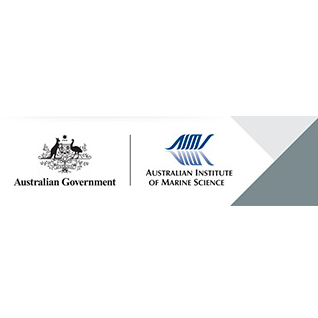Full description
Amplified fragment length polymorphism (AFLP) analysis indicates the importance of both asexual and sexual reproduction in the fissiparous holothurian Stichopus chloronotus (Aspidochirotida) in the Indian and Pacific Ocean.Asexual reproduction in the fissiparous holothurian species Stichopus chloronotus from eight populations (total N=149) from Madagascar and the Great Barrier Reef was investigated using Amplified fragment length polymorphism (AFLP) markers.21 polymorphic markers (obtained by two primer combinations) were used resulted in 51 genotypes in the whole sample, with up to 20 individuals (nearly all within populations) having the same genotype.West-Pacific Ocean locations were at Great Palm Island and Rib Reef on the Great Barrier Reef and Cumberland and Derder Reefs in the Torres Strait. West Indian Ocean sites were at Trou d'eau, St. Leu and Etang Sale on La Reunion, and Nosy Komba in Madagascar.To test the hypotheses that:genetic diversity in this species is reduced in the West Indian Ocean; andsome populations rely nearly exclusively on asexual reproduction.To more precisely estimate of the importance of asexual reproduction for local populations of S. chloronotus using DNA markers.
Lineage
Maintenance and Update Frequency: notPlannedNotes
CreditUthicke, Sven, Dr (Principal Investigator)
Modified: 15 09 2025
text: westlimit=143.9; southlimit=-23.6; eastlimit=152.1; northlimit=-11.5
text: westlimit=113.93333; southlimit=-21.91667; eastlimit=113.93333; northlimit=-21.91667
text: westlimit=152.6; southlimit=-4.33333; eastlimit=152.6; northlimit=-4.33333
text: westlimit=178.51983; southlimit=-18.942; eastlimit=178.51983; northlimit=-18.942
text: westlimit=48.2; southlimit=-21.3; eastlimit=55.4; northlimit=-13.3
Influence of asexual reproduction on the structure and dynamics of Holothuria (halodeima) atra and Strichopus chloronotus populations of the Great Barrier Reef: Uthicke S (2001) Influence of asexual reproduction on the structure and dynamics of Holothuria (halodeima) atra and Strichopus chloronotus populations of the Great Barrier Reef. Marine and Freshwater Research 52: 205-215.
local : articleId=5822
The process of asexual reproduction by transverse fission in Stichopus chloronotus (greenfish): Uthicke S (2001) The process of asexual reproduction by transverse fission in Stichopus chloronotus (greenfish). SPC Beche-de-mer Information Bulletin 14: 1.
local : articleId=8166
- global : b28d4efe-8837-4914-be3f-b78da3716257


